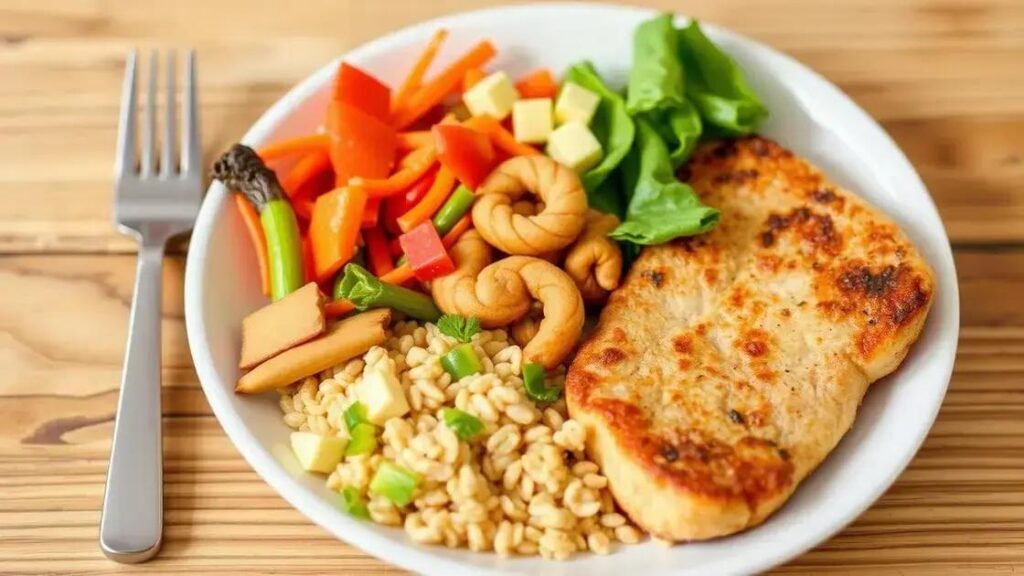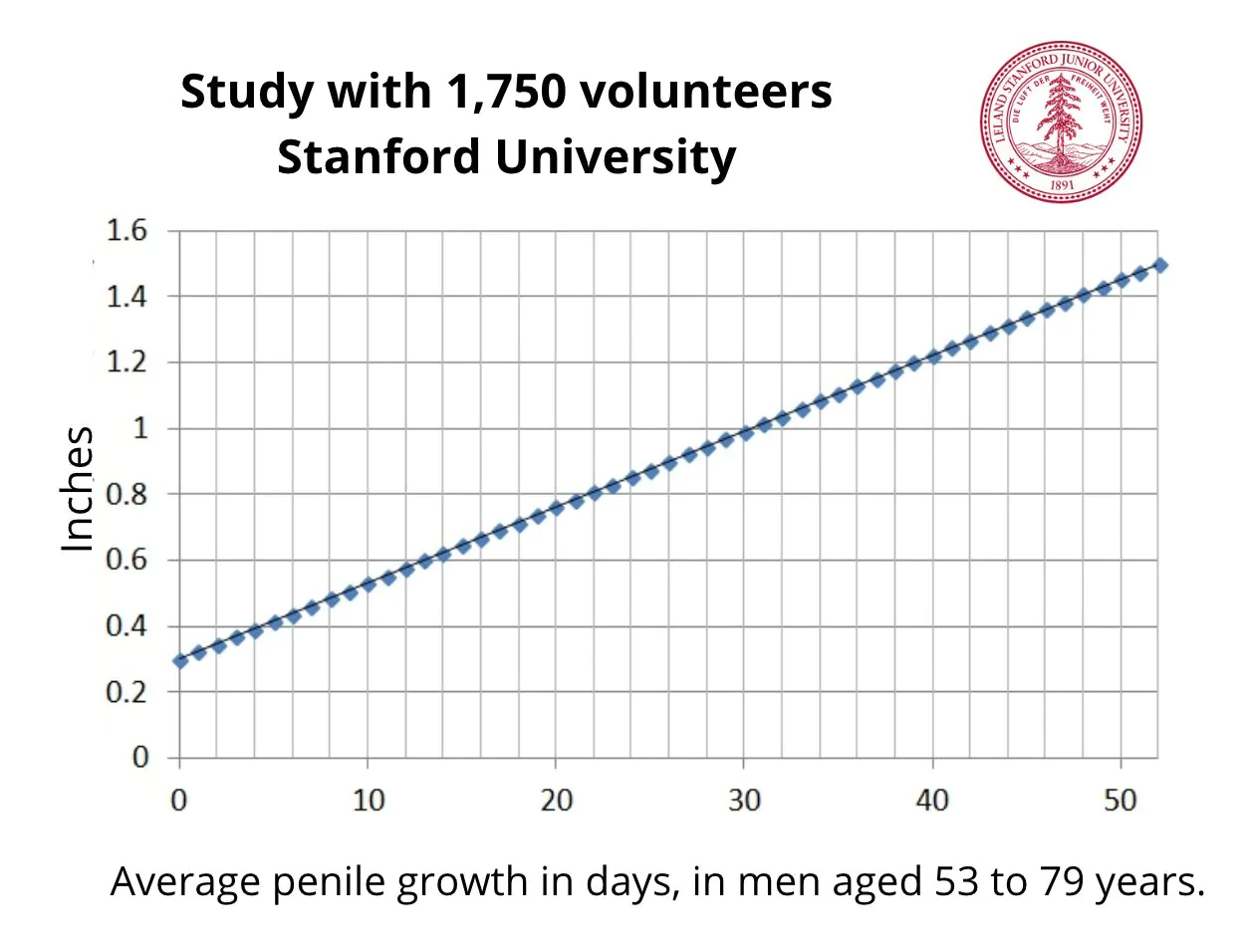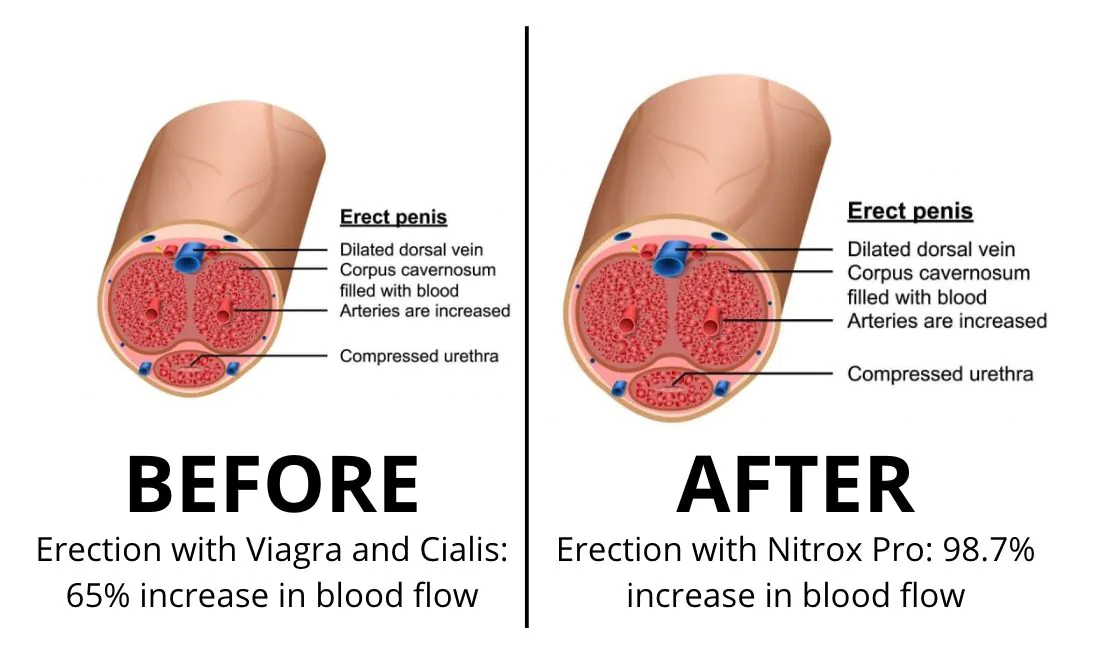To avoid overeating and maintain portion control effectively, focus on understanding portion sizes, practicing mindful eating techniques, identifying emotional triggers, and implementing practical tips such as serving smaller portions and eating slowly. These strategies will help you cultivate a healthier relationship with food and enhance your overall well-being.
Learning how to avoid overeating and maintain portion control is crucial for healthier eating habits. Many people struggle with managing their portions, leading to overeating, which can contribute to weight gain and other health issues. In this guide, we will provide effective strategies to help you enjoy your meals while controlling your portions. We’ll cover practical tips, mindful eating techniques, and the impact of emotions on our eating behaviors.
Understanding Portion Sizes
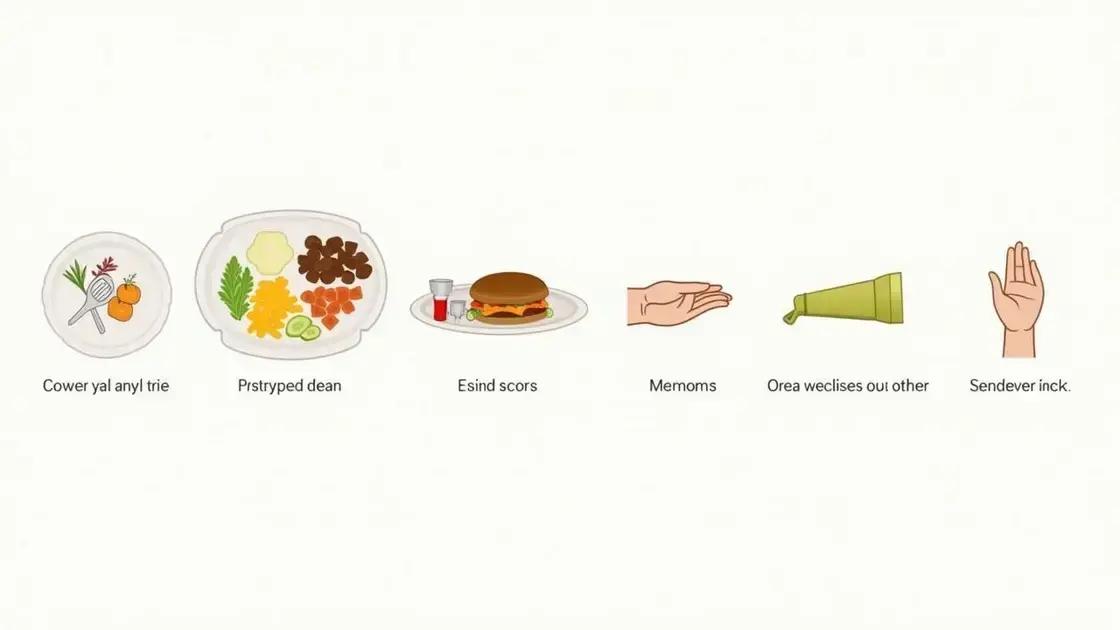
Understanding portion sizes is vital for preventing overeating. Proper portion sizes help you enjoy your meals while keeping your calorie intake in check. What are Portion Sizes? Portion sizes refer to the amount of food you choose to eat at one time. This can vary based on factors like personal habits, cultural practices, and even the type of food you’re eating.
Visual References for Portion Sizes
One simple way to understand portion sizes is by using visual references. For example, a serving of meat should be about the size of your palm, while a serving of pasta can fit in your cupped hand. For fruits and vegetables, aim for servings that are about the size of your fist. These visual aids can help you gauge the right amount of food without needing a scale.
Reading Food Labels
Learning to read food labels can also assist in managing portions. Always check the serving size stated on the label before eating. This information provides insight into how much you should consume according to the dietary recommendations.
Common Mistakes in Portion Control
Many people underestimate portion sizes. Common mistakes include filling large dishes, which can encourage overeating. Using smaller plates and bowls can trick your mind into feeling satisfied with less. Additionally, be cautious of super-sized restaurant meals that may contain two or three times the recommended portions.
As we become more aware of our eating habits, understanding portion sizes will empower us to make better choices. Remember that enjoying food does not mean overeating; it’s all about balance.
Practical Tips to Avoid Overeating

To avoid overeating, it’s important to develop practical habits that help you stay mindful of your food consumption. Here are some effective tips:
1. Serve Smaller Portions
Begin by serving smaller portions of food. Using smaller plates and bowls can create the illusion of a full plate, helping to control how much you eat. You’ll be surprised at how satisfied you can feel with less food!
2. Eat Slowly and Mindfully
Take your time when eating. Chew each bite thoroughly and enjoy the flavors. This practice not only enhances your dining experience but also allows your brain time to register fullness. Aim to put your utensils down between bites to help slow your pace.
3. Avoid Distractions While Eating
Eating without distractions can significantly reduce the likelihood of overeating. Try to eat at the table rather than in front of the TV or computer. Paying attention to your meal helps you recognize when you’re full.
4. Identify Triggers for Overeating
Reflect on what situations lead to overeating. Do you eat more when stressed, bored, or socializing? Recognizing these triggers can help you find healthier alternatives, such as going for a walk or practicing relaxation techniques instead of reaching for food.
5. Keep Healthy Snacks Available
Stock your home with healthy snacks. Opt for fruits, nuts, or yogurt instead of chips and sweets. When you feel the urge to snack, having nutritious options readily available will reduce the temptation to overindulge.
Implementing these practical tips can make a big difference in your eating habits, helping you avoid overeating while maintaining a healthy lifestyle.
Mindful Eating Techniques
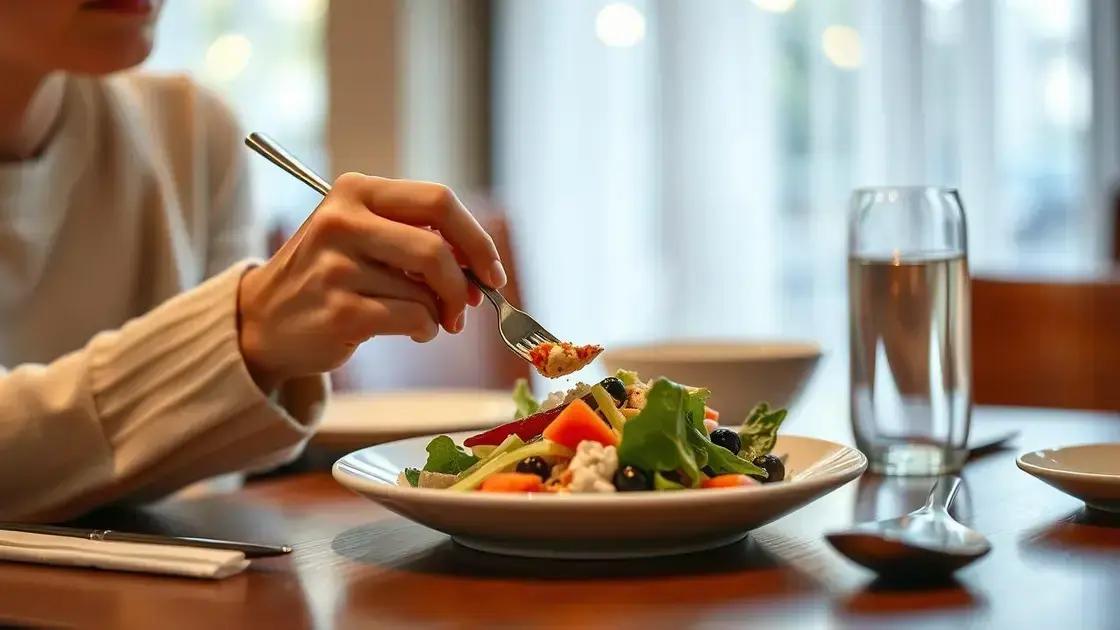
Mindful eating techniques can significantly help you control your portions and reduce overeating. Here are some effective practices to incorporate into your meals:
1. Focus on Your Senses
Engage all your senses while eating. Notice the colors, textures, and smells of your food. Describe flavors to yourself as you eat. This practice increases awareness and appreciation of your meal, making it more enjoyable without needing to overeat.
2. Listen to Your Body
Pay attention to hunger and fullness cues. Before eating, ask yourself if you are truly hungry or just eating out of habit or boredom. Take a moment to check in with your body during the meal. Stop and evaluate if you’re still hungry or if you’re starting to feel satisfied.
3. Set a Time Limit for Meals
Set aside a specific amount of time for meals, such as 20-30 minutes. This encourages you to slow down and savor your food. Eating at a slower pace allows your body the necessary time to signal that it’s full.
4. Breathe and Pause
Incorporate short breaks during meals to breathe and relax. Taking a few deep breaths can help calm your mind and create a moment of reflection. Use this time to assess how you feel about your meal and your hunger level.
5. Avoid Eating on the Go
Try to sit down for meals whenever possible. Eating while driving or walking often leads to mindless munching and overeating. Being fully present during your meal helps you enjoy your food more and recognize when you’re full.
By adopting these mindful eating techniques, you can make meal times more conscious and enjoyable, ultimately helping you maintain portion control and avoid overeating.
The Role of Emotions in Eating

The role of emotions in eating is significant and often overlooked. Many people eat in response to their feelings rather than true hunger. Understanding this connection is essential for maintaining portion control and preventing overeating.
1. Emotional Triggers
Identifying emotional triggers is the first step toward better eating habits. Feelings such as stress, sadness, or boredom can lead to emotional eating. Pay attention to when and why you reach for food. This awareness can help you find alternative coping mechanisms.
2. Eating for Comfort
Many individuals turn to food for comfort during difficult times. Foods high in sugar or fat can provide temporary relief but can lead to feelings of guilt afterward. Recognizing the need for comfort and learning to address those emotions without food is crucial.
3. The Satisfaction Factor
Sometimes, emotional connections to food can enhance satisfaction. Celebratory meals or shared experiences with family can create positive feelings. It’s essential to find a balance between enjoying these moments and maintaining portion control.
4. Journaling Your Emotions
Keeping a food diary can be an effective tool. Write down what you eat along with the emotions you feel before and after. This practice can help illuminate patterns in your eating habits and highlight emotional triggers that lead to overeating.
5. Finding Alternatives
Look for healthier alternatives to cope with emotions. Instead of eating, consider going for a walk or engaging in a hobby. Developing a list of activities that bring you joy can help distract from emotional eating.
Understanding the role of emotions in eating is a vital part of learning how to avoid overeating and maintain portion control effectively. By being aware of emotional triggers and finding healthier coping strategies, you can build a better relationship with food.
In Summary: Mastering Portion Control and Mindful Eating
Understanding how to avoid overeating and maintain portion control is vital for a healthy lifestyle. By recognizing the significance of portion sizes, implementing practical tips, and enhancing your eating habits through mindful techniques, you can create a more positive relationship with food.
Additionally, acknowledging the role of emotions in eating helps you navigate your feelings without resorting to food as a comfort. By cultivating awareness, practicing mindfulness, and developing healthier coping strategies, you embark on a transformative journey toward better eating habits.
Ultimately, these approaches empower you to enjoy your meals while maintaining control, leading to improved well-being and a balanced lifestyle.
FAQ – Frequently Asked Questions about Avoiding Overeating and Maintaining Portion Control
What are effective ways to control portion sizes?
Using smaller plates, serving smaller portions, and checking visual references can help effectively control portion sizes during meals.
How does emotional eating affect my eating habits?
Emotional eating can lead to overeating as individuals may consume food in response to feelings like stress or sadness instead of hunger.
What are some mindful eating techniques I can practice?
Mindful eating techniques include focusing on your senses, eating slowly, eliminating distractions, and listening to your body’s hunger cues.
How can I identify emotional triggers for overeating?
Keeping a food diary to track what you eat and the emotions you feel can help identify triggers that lead to emotional eating.
What alternatives can I consider instead of emotional eating?
Engaging in hobbies, going for a walk, or practicing relaxation techniques can serve as healthier alternatives to cope with emotions.
How can I make my meals more satisfying without overeating?
Focusing on flavors, textures, and the experience of eating while slowing down can help you feel satisfied with smaller portions.

